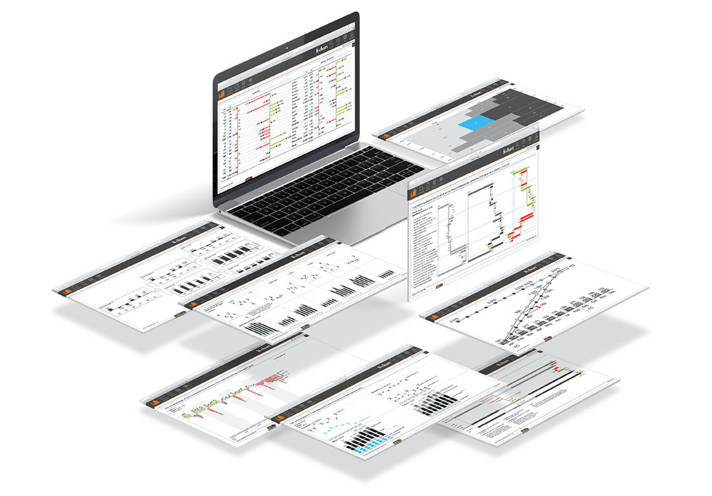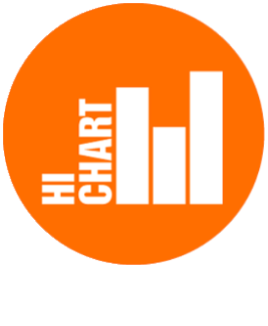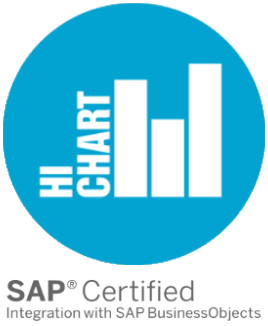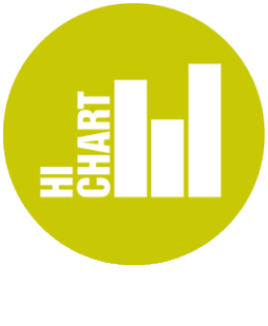IBCS Compliant. IBCS – International Business Communication
 Standards
Standards
Using a consistent report notation increases the speed of analysis and the accuracy of decisions.
HI-CHART WITH IBCS®
Business reports serve to paint a clear and understandable picture of businesses. Managers only have a solid foundation for decision making when business figures can be correctly analysed.
Does your Company Speak the Same Language?
Business communication is not in good shape. Executive managers struggle through overloaded reports, or they don’t even bother studying the carefully prepared presentations or using the dashboards in the first place.
Those creating the reports feel misunderstood and the recipients feel poorly served. What’s going wrong?
The primary reason for such inefficiency is a lack of standards in visual communication. When the diagrams and tables all look different, readers cannot recognise patterns and are left to find their own way around each new report. This takes a lot of effort and may well lead to differing interpretations. Yet too many management decisions are still being made, and businesses managed, on this basis.
Focusing on the essentials |
|
The particular importance of visualisations |
|
Tools for successful business management |
|
Chart-me's visualisation princples |
 |
 |
 |
AN INTUITIVE, COMPLETE REPORTING SOLUTION IN THE WEB BROWSER |
THE HI-CHART EXTENSION FOR SAP LUMIRA DESIGNER + DESIGN STUDIO |
THE NEW HI-CHART ADDIN FOR MS EXCEL 2016 + 365 |
THE SUCCESS FORMULA OF THE IBCS® STANDARDS
Business communication meets the IBCS® Standards when it complies with the rules of the seven areas that form the acronym “SUCCESS”:
- S AY Convey a message
- U NIFY Apply semantic notation
- C ONDENSE Increase information density
- C HECK Ensure visual integrity
- E XPRESS Choose proper visualisation
- S IMPLIFY Avoid clutter
- S TRUCTURE Organize content
The seven rule areas of the SUCCESS formula can be assigned to three categories, which form the following three chapters of the IBCS® Standards.


